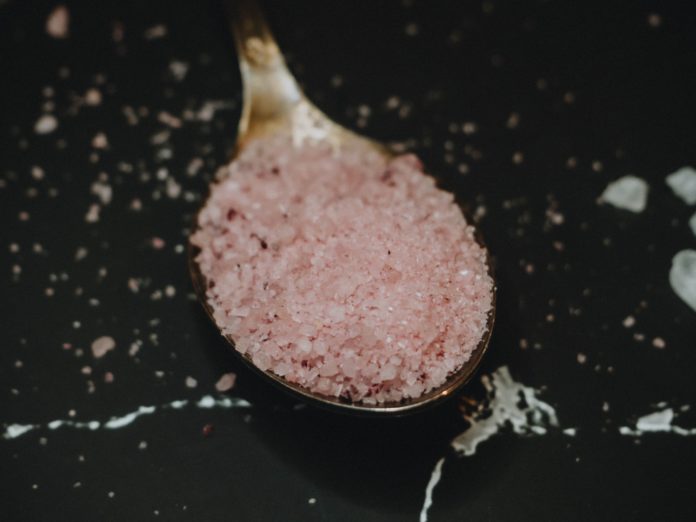What if you found out that nutritious staples like broccoli were twice as nutritious a generation ago than they are today?
Advancements in farming give us an abundance of beautiful produce at the market from all over the world year-round.
But some argue that the shift away from old-school farming practices is lowering the nutrient levels in those crops – which can then affect our health.
So what gives? Can this really be true?
Let’s investigate!
What We Know
Fourteen-time bestselling author and well-known physician Dr. Mark Hyman caused waves when he shared that the plants we eat now are 50% less nutrient-dense than they were 50 years ago. 1
And scientists around the globe have been discovering evidence to confirm these findings.
In a paper titled America’s Vanishing Nutrients, researcher Alex Jack says fruits and vegetables have drastically declined in vitamins, minerals, and other essential nutrients by 25% to 50%, on average.2
Compared to nutrient levels in produce from 1975, broccoli lost 53.4% of its calcium and 20% of its iron content. Other important nutrients like riboflavin and thiamin were also down, by 47.8% and 35%, respectively.2 Mustard greens dipped in calcium by 43%, and carrots by 27%.2 The iron in collard greens and cauliflowers also decreased by 60% and 56%, respectively.2
Scientists in another study compared nutrient levels in crops between 1950 and 1999. They noticed statistically significant decreases in nutrients across 43 different types of produce.3 British research spanning a 50-year period also brought remarkable declines in fruit and veggie nutrients to light.4
However, some people think the concept of less nutritious produce is flat-out bogus and causing unnecessary panic.5
One report even went so far as to say there’s not enough research to show Big Ag’s soil is depleted and decreasing nutrients in our foods. They claim this myth is another attempt at “greenwashing” (aka, the practice marketers use to make consumers think their product is a healthier alternative).6
Fortunately, regenerative agriculture might provide more research on the situation and help solve the problem.
What We’re Still Learning
Regenerative ag is a growing movement in farming aimed at getting back to the old principles of agriculture.
Fans of regenerative ag believe farmers should take steps to ensure the soil isn’t stripped of nutrients during the growing season. They can also naturally replenish lost nutrients between growing seasons, so our produce can thrive again.
Happy soil-supporting methods of regenerative ag include practices like:
- Using cover crops to help repair soil erosion and keep more nutrients in produce beds.
- Diversifying crop rotations, so the land isn’t overworked in the same way or depleted of the same nutrients repeatedly.
- Intercropping, which is when two different crops are grown together, each benefitting the other in some way and enriching the soil simultaneously.
- Alternating growing seasons, so the land has a chance to restore its vital nutrients without the need for synthetic fertilizers.
- Practicing natural, organic, and sustainable pest prevention to avoid using and spreading harmful pesticides.
Instead of over-tilling and destroying the soil like mono-crop agriculture does, regenerative ag improves soil biodiversity and the overall ecosystem, boosting the crop’s quality and nutrition levels.
So is regenerative ag the missing piece of the produce nutrition puzzle? The proof may be in the soil pudding.
One study looked at regenerative agriculture farms with at least five years of experience with this growing style. Compared to conventional farms, the researchers analyzed their crops and found:7
- 34% more vitamin K
- 27% more copper
- 17% more vitamin B2
- 16% more phosphorus
- 15% more vitamin E
- 14% more vitamin B1
- 11% more calcium
The scientists also discovered that crops grown on these regenerative ag farms for animal feed also showed higher levels of omega-3 fatty acids and a healthier omega-3 to omega-6 ratio than conventional farming.7
These positive perks get passed down to the animals that eat these foods. As a result, beef on the regenerative ag farms studied boasted over 50% more omega-3 fatty acids compared to their conventional counterparts.7
Pork showed the same promising increase in omega-3 fatty acids. Alpha-linoleic acid (ALA) levels were 11 times higher than pork from conventional farms, and eicosapentaenoic acid (EPA) levels were double.7
Here’s another bonus: regenerative ag skips harmful pesticides and fertilizers, yet their crops fare better than conventional agriculture in both departments.
Scientists in one study even noticed there were 10x more bugs on insecticide-treated farms than those that didn’t use it and practiced regenerative agriculture instead. #MindBlown8
Regenerative ag farmers get the highest, cleanest yields by strategically using plant diversity and complementary crops to keep unwanted pests away.
|
So maybe instead of looking for research to prove that depleted soil leads to lower nutrient levels, we should be searching for more evidence about how regenerative ag is improving the entire growth cycle. |
The Bottom Line
While industry advocates and environmental advocates battle it out over who has the better science on the existence of soil depletion – it might be better to focus on a few finer points.
Interestingly, some scientists warn we may not see the true impact of soil depletion on our health immediately. These can take up to two to three generations to become noticeable.9
And as regenerative agriculture starts to gain more traction, it might hold the answer to multiple issues.10 We’re more aware of what we put into our bodies. And now we’re starting to see the devastation and destruction mono-crops and commercial farming may be causing our land.
So does this mean all hope is lost and vegetables aren’t worth eating now? Or do we have to eat even more to meet our vitamin goals?
Fruits and veggies are still worth eating, and no, you don’t have to scarf down half your weight in them every day to meet your recommended daily nutritional intakes. But here’s what you can do to improve the nutrition of your food and the health of the planet:
How do I get started?
| Toes In |
|
| Waist Deep |
|
| Full Immersion |
|





